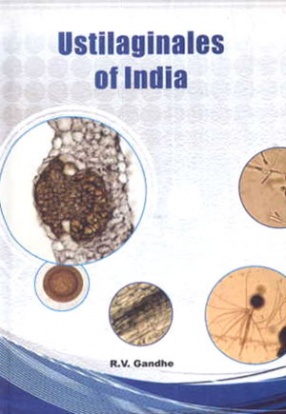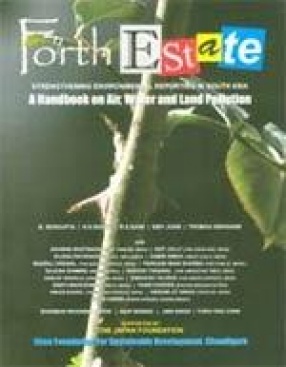Ustilaginales of India is the most up to date systematics of the Indian Ustilaginales. A lot of re-examination was done and several smut fungi from Western Ghats of India are newly added to the taxa. The only attempt to compile the smut fungi of India including Pakistan was made by Mundkur and Thirumalachar 1952. They recognized 205 species and 4 varieties classified in 21 genera. However neither supporting illustrations nor appropriate photographs are included with the description of smut species in their monograph on Ustilaginales of India. During the last half century numerous new species have been published many of them unfortunately being taxonomic synonyms or wrong identifications. The present monograph includes 45 genera and 343 species of smut fungi from India. Out of these 18 genera are represented by a single species. Several genera and species are added with their revision reexamination and changed systematic position. I have followed the keys for species identification established by Kalman Vanky 2007 based on host specificity and morphotaxonomy with minor modifications where ever necessary. Traditional classification system is followed at the family level. Ustilaginales are grouped into two families Ustilaginaceae, pragmobasidium with lateral and terminal sporidia and Tilletiaceae holoasidium with terminal sporidia. The genera are alphabetically arranged. The species are numbered under each genus.
The genus Sporisorium is the largest genus with 96 species and is strictly host specific to the members of the family Poaceae Gramineae whereas Tilletia with 44 species and Ustilago with 41 species attack diversified hosts. Smut fungi affected 21 angiospermic families and one Pteridophyte Selaginella. All the species so far recorded showed strict host specificity. Realizing the importance of host specificity in smut fungi the priority is given to the host for smut species identification in the present monograph.





There are no reviews yet.